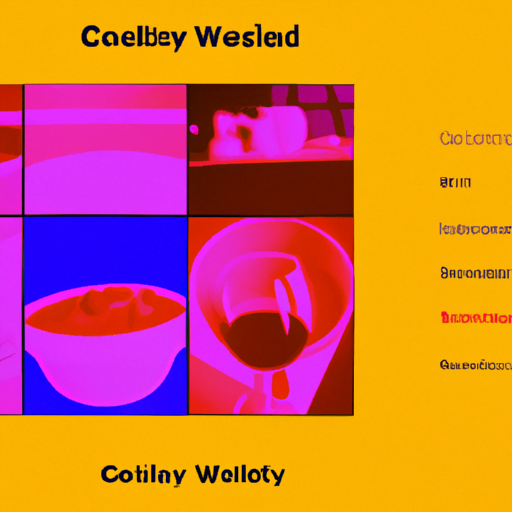
-
Table of Contents
Web Design Trends: User-Centric and Modern Interfaces

Web design is constantly evolving, with new trends and techniques emerging every year. In recent years, there has been a shift towards user-centric and modern interfaces that prioritize the user experience. These trends not only make websites more visually appealing but also improve usability and engagement. In this article, we will explore some of the key web design trends that are shaping the digital landscape today.
1. Minimalism and Simplified User Interfaces
One of the most prominent web design trends in recent years is minimalism. Minimalist design focuses on simplicity, using clean lines, ample white space, and a limited color palette. This approach creates a clutter-free and visually appealing interface that allows users to focus on the content.
Minimalist design is often accompanied by simplified user interfaces (UI). UI elements such as navigation menus, buttons, and forms are streamlined and made more intuitive. This trend is driven by the desire to create a seamless user experience that is easy to navigate and understand.
For example, Apple’s website is a prime example of minimalism and simplified UI. The use of large product images, clear typography, and a limited color palette creates a visually stunning and user-friendly interface.
2. Mobile-First Design
With the increasing use of smartphones and tablets, mobile-first design has become a necessity rather than an option. Mobile-first design involves designing websites for mobile devices first and then scaling up for larger screens.
Mobile-first design focuses on creating a responsive and adaptive layout that adjusts to different screen sizes. This ensures that users have a consistent and optimized experience regardless of the device they are using.
According to Statista, mobile devices accounted for 54.8% of global website traffic in the first quarter of 2021. This statistic highlights the importance of mobile-first design in reaching and engaging with a wider audience.
3. Microinteractions and Animations
Microinteractions and animations are small, subtle design elements that add interactivity and delight to the user experience. These elements can include hover effects, loading animations, scrolling animations, and more.
Microinteractions and animations not only make websites more engaging but also provide feedback to users, making their interactions more intuitive. For example, a button changing color when hovered over or a loading spinner indicating that a process is in progress.
Spotify’s web player is a great example of microinteractions and animations done right. When users hover over a song, the album cover flips to reveal additional options, creating a playful and interactive experience.
4. Dark Mode
Dark mode has gained popularity in recent years, with many websites and applications offering this alternative color scheme. Dark mode uses a dark background with light text and UI elements, providing a visually striking and immersive experience.
Dark mode not only looks aesthetically pleasing but also offers several practical benefits. It reduces eye strain, especially in low-light environments, and can save battery life on devices with OLED screens.
Popular platforms like YouTube, Twitter, and Instagram have all introduced dark mode options to cater to user preferences. This trend is likely to continue as more users embrace the benefits of dark mode.
5. Voice User Interface (VUI)
Voice user interface (VUI) is an emerging trend in web design that allows users to interact with websites using voice commands. With the rise of virtual assistants like Siri, Alexa, and Google Assistant, voice commands have become more prevalent in our daily lives.
VUI offers a hands-free and convenient way for users to navigate websites, especially on mobile devices or when multitasking. It can be particularly useful for tasks like searching, making reservations, or controlling smart home devices.
As voice recognition technology continues to improve, we can expect to see more websites incorporating VUI to enhance the user experience and provide a more accessible interface.
Summary
Web design trends are constantly evolving, and user-centric and modern interfaces are at the forefront of this evolution. Minimalism and simplified user interfaces create visually appealing and intuitive designs. Mobile-first design ensures a seamless experience across different devices. Microinteractions and animations add interactivity and delight. Dark mode offers a visually striking and practical alternative. Voice user interface (VUI) provides a hands-free and convenient way to interact with websites.
By incorporating these trends into their designs, web designers can create engaging and user-friendly interfaces that enhance the overall user experience. Staying up to date with the latest trends is crucial for businesses and individuals looking to make a lasting impression in the digital world.
